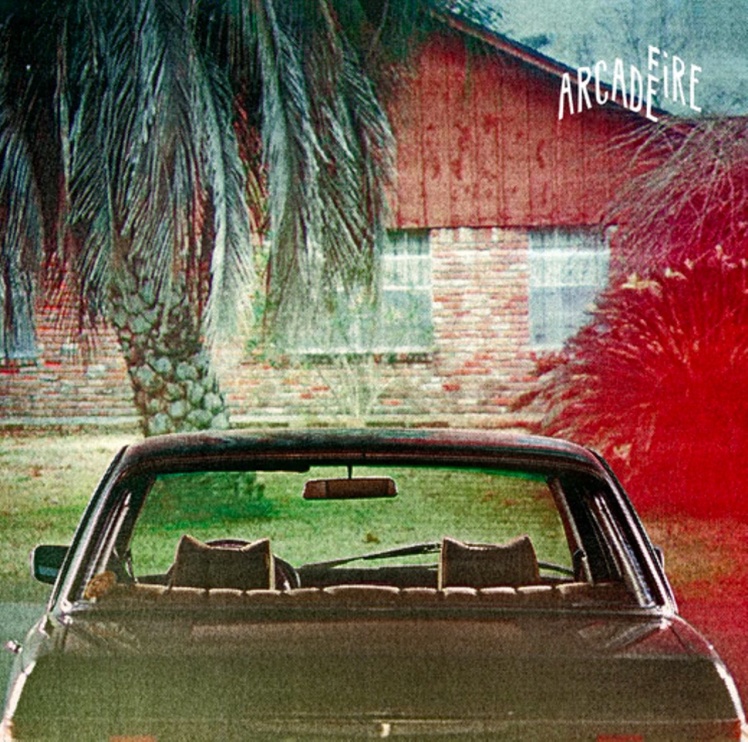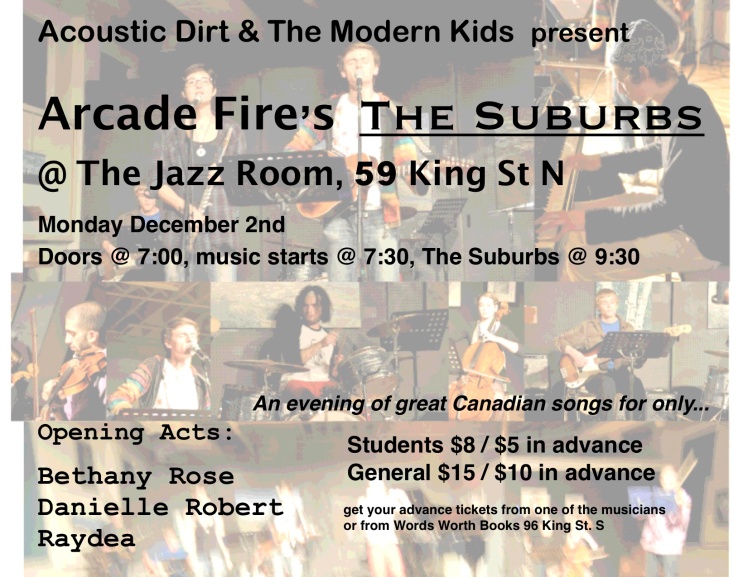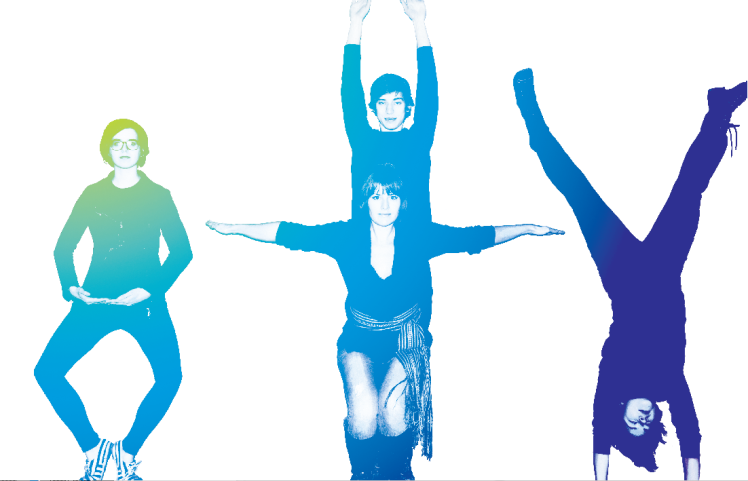The following was written in October 2016 as a 3-year-anniversary reflection on the experience of producing a concert, now edited and expanded today to be about twice as long. Let me know if you have any questions, or if you would like to hear any of the recordings mentioned, indicated with an ‘*’ 🙂
Below, I reveal some of my process as an arranger/bandleader:
It started with chord charts. Lots of chord charts.
I had been making charts of songs for years, by The Beatles, Pink Floyd, Radiohead, and other music I’d gotten immersed in. During my second year at university I started typing up these charts, using my own unique grid-rhythm system of notation to manifest the clearest possible communication – the most sight-readable notation – to the musicians reading the chart. I find this form of charting to be most efficient for me to produce (I often type up chord charts while listening to the song in real time) and it continues to be well-received by the musicians I jam with. I have an understanding that I hold a unique gift for hearing musical detail, as well as larger forms, and communicating this information to other musicians. This was a big part of what inspired me to step up as a band-leader and take on a massive project. Another part of my motivation was to provide alternative music education for already-experienced musicians to learn interesting, unique and compelling songs.
During my third year, I set up a directed study course to last the duration of my fourth (and second last) year, so I could get a university credit for this work. I then found a collection of friends who were enthusiastic about working with me. I started making extensive and detailed plans for how I would use my charts to take this music I loved, and translate it into high-calibre performances for tribute concerts. I experimented with adding notes into the charts describing how the instrumentation would change for each section, to visually represent to myself what the music would sound like in the context of a tribute band. I was tailoring my arrangements to fit a group of musicians and their instruments/voices + unique gifts. At this point, Acoustic Dirt was the name of my ongoing project of transcribing music – with the intention of playing the music in a band!
Then I started to get rather over-excited, planning out the set-lists and rough musical arrangements for (eventually) 8 different musical tribute acts. There were a few different “bands” with some overlap. I eventually accepted that my aspirations were not congruent with the parameters of the reality I was working within, and drifted into a state of uncertainty. I didn’t know how many of these concerts that I’d planned out would make it all the way to full manifestation, as I’d hoped. To treat this insecurity, I narrowed my focus, fixing it on the first big slice of my mega-project (more like career) that I’d started envisioning for myself. After feeling into what my musical colleagues were most excited about, I set up The Suburbs, the Arcade Fire album, to be the first tribute concert of the Fall, October 12th 2013.
Why The Suburbs?
Well, there were a few friends who I was excited to work with, who had also shown excitement around working with me… and, of the options I presented, they all seemed to gravitate towards this album the most. In particular, Alex Hanson was very devoted to the music & poetry of this album, and did most of the lead singing. So, how did this album make it on to my list of options to begin with? Where did this passion come from? Why did I see this album as a good fit for doing a public performance?

My passion for these projects (and hypothetical projects) always comes from the felt experience of the music itself. I first heard this album in my first year of university and loved its unfiltered emotional delivery, pouring out ideas & expression in the form of poetry over simple song structures. And it had so much variety of moods, keys & tempos, it took me on a journey – but everything still felt tied together thematically. Little melodies and lyrics would get recycled in the album, making it feel like one long song-cycle, or a concept album – similar to The Wall by Pink Floyd. Totally different musical feel for the most part, but with that same sense of there being a variety characters & places (as well as musical moods) throughout the story. It had a way of appealing to me with its rich beauty while still somehow satisfying my inner metal-head.
Now, from the perspective of selling a show. Everyone knows The Suburbs – at least, it is well-known compared to the other albums I was considering bringing to life on stage – and listening to the whole thing as one piece of music has been beautiful experience for many. In that sense, it is like the Dark Side of the Moon (1973) or the OK Computer (1997) of the 2000s. To my knowledge, Arcade Fire has never performed the album live in its entirety from start to finish, so that provided another layer of excitement. From my perspective as an arranger, the musical content of the album is deeply enjoyable for me to listen to, it wasn’t too challenging for me to figure out by ear, and it’s peculiar enough that it was an interesting process for me. From the perspective of the performers, it also seems to have hit that same sweet spot: enjoyable to play, simple enough to learn, and peculiar enough to be not-your-average gig.
More about my process as an arranger/bandleader:
Most of my work as a transcriber and arranger had to be done by the beginning of September. I transcribed the details for most instruments, into standard notation – easy for classical musicians to read. The singers would stick to using chord charts to help them learn the music, as would the rhythm section for some songs. Then came crunch time – 5 weeks to finish pulling a band together, practice my parts, rehearse with the band, and promote the show… and all while still finishing the transcriptions for some of the songs! It was the most intensive 5 weeks of my life, and we all worked very hard to pull it together. In the end, I felt deep satisfaction in sharing an ocean of meaning with so many humans. And we got video footage!
Letting it sink in, and then moving forward:
I absolutely could not have facilitated this tribute without so much effort put in by all the performers, especially Glenn Buhr who was co-organizing the concert, drawing in the NUMUS crowd and playing a set with his band. Even on Thanksgiving weekend, we got about 70 seats filled! 🙂 The pressure was on, and we felt the importance, the weight of the meaning we were carrying. This night, in some ways, remains the most empowering night of my life.
The 9-piece band was called Acoustic Dirt and The Modern Kids, referencing the lyrics to the song Rococo (for some songs like this one there were less than 9 of us playing).
During the 5 weeks of intensive rehearsing for The Suburbs, I felt very clear as to my purpose. After October 12th, however, I was feeling lost. I was continuing to place a great deal of pressure on myself to accomplish my goals and make a massive impact, with less of a clear idea of what would happen. I now understood the amount of collective effort that it takes to do a big show, and it was sinking in more for me that I’d have to only pick one more tribute for my directed study (more on that in the below section).
There existed another question: Do we play this show again? On the one hand, we were energized from an incredible night and wanted to make the music again, and share this feeling with more people… but this didn’t feel realistic because we were all in school, either as students or professors. Another thing was that I had previously hoped to do 2 tribute concerts per term – A part of me wanted to honour this desire for creative abundance, and roll forward into a new learning project. But, by late October, it became clear that the mutual creative tension was pulling us towards doing another iteration of The Suburbs. We had taken so much care & love in crafting it to be one experience, almost like a meditation, during which the audience sat and listened the whole time. So, in December 2013 we did play a slightly smaller show at The Jazz Room, from which we got high-quality audio recordings,!* (That led to my first large-scale mixing project. Email me if you’re curious) ![]() We had a similar experience this time, but with much better sound, and more confidence in our presentation.
We had a similar experience this time, but with much better sound, and more confidence in our presentation.

After that, we all moved on.
My musical life after The Suburbs involved splitting into two main directions: the continuation of my directed study, & the re-birth of Acoustic Dirt.
I only ended up spearheading one more tribute concert project for my directed study, arranging various songs by St. Vincent. At the time of transcribing these songs from the recording into notation, this was at the edge of my capacity for learning-by-ear. While The Suburbs contains relatively simple-sounding & familiar musical elements, my work now involved trying to pick out intricate melodies and unique chord progressions out of a dense and sometimes dissonant texture. Overall similar process for arranging & performing, but even more systematic. The timing of transitions was often even less predictable, the melodies less conventional, and the harmonic language more chromatic. The songs tended to have more things to memorize, and specific dissonances coming in and out at unexpected times. As the bass player Joe mentioned to me, “St. Vincent sounds like what Radiohead sounds like when you’re 12”.
This was one of the two paths I was taking creatively. The result of the arrangements involved fewer opportunities for the performers to improvise – and much more detailed & difficult arrangements, with most of the band reading standard sheet music on every song. (Even the drummer had notated parts for a few songs!) …So I decided to give this temporary band a different name: The Surgeons*. This way, it felt separate from my ongoing Acoustic Dirt project which I wanted to keep looser, less polished, leaving more room for the unknown.
Why St. Vincent?
Again, it’s all about mutual excitement. I was excited about a number of possibilities for tribute concerts – but they all involved working with other musicians, so my excitement alone wasn’t enough to make things happen. (Check out the list below to see some of the ideas that didn’t make the cut.) I needed to work with a strong lead singer who needed to work with me, together satisfying a creative itch. I learned this working with Alex Hanson. (For both of these tribute concerts, being a singer required the most time & effort, having to memorize the lyrics on top of everything else, and the singers would sometimes rehearse together in a small group to practice vocal harmonies). As it turned out, two of my friends from the Arcade Fire project, Kasia and Emily, both had this deep desire to sing St. Vincent songs and put on a show. The energetic foundation for this project was the shared excitement of the three of us that we started building in October 2013, before we even did the second performance of The Suburbs!
I found some friends (The Short Films) to do the concert with us, and – being fans of St. Vincent – they played a cover of her song The Party. Kasia, Emily and I met up with the lead singer, Tessa Jennison, for a photo shoot:

What didn’t make the cut?
For me, making chord charts is like doing a sudoku puzzle. Although I don’t dream of tribute concerts anymore, I still have a personal practice of charting to keep my mind sharp and to continue improving my ability to hear musical structures. At the time, however, these charts were still promising to me on other levels. There was a point when I wanted to do the following concert tributes, combining two of these sets per show or something like that:
- Nick Drake
- early Radiohead
- late Radiohead
- early David Bowie
- late David Bowie
- Grizzly Bear (the album Veckatimest)
- Talking Heads / David Byrne
- Pink Floyd
- Dave Matthews Band
- Alt-J
When I first talked with Alex in April 2013 about doing The Suburbs, Veckatimest was the other album we were excited about. (I even had an idea at the time to do both albums in one night! Good thing Alex was thinking more realistically and immediately reflected to me that we should just pick one.) We went with Arcade Fire mostly because the friends we wanted to work with were more excited about it, and because Grizzly Bear songs would have been considerably more difficult to learn – not more difficult than St. Vincent songs, but this was the first concert in a series. It made sense for us to stick with content that we knew would be manageable for all the musicians, given that they were all volunteering their time on top of being and full-time students or professors!
I realized all along that I wouldn’t be able to facilitate all of these concerts within my directed study, so I’d planned to continue these efforts as an ongoing concert series. But that didn’t happen. A sense of problem eventually manifested within me, as I realized that I was planning too much – that my expectations would set me up for excessive disappointment. So, I changed my approach…
Returning to My Roots: simple chord charts and no additional notation.
By this point, I was already realizing that I wanted to be working with other creative minds in a more collaborative way. For both tributes, I was co-arranging the music to some extent with my bandmates, but the overall feel for us was that things were highly-planned and I wanted to work without as much of that feeling. I was starting to feel burnt out from facilitating these elaborate tribute concerts, even after just the first one, and had a sense that all of this was only one segment of my path as a bandleader & performer. As medicine for my sense of getting behind myself in my goals, I started to sing more. While starting arrangements of St. Vincent songs, I got back into playing music solo for open mics around the end of 2013. My desire (and confidence) for being a lead singer was growing, so I had the idea to expand this solo project into a band.
When I first met for a rehearsal with guitarist extraordinaire Alex Showdra, in February 2014, I felt the magic and spontaneity of his guitar playing and knew that we had big things in our future. As my experience with The Suburbs had finished, the name Acoustic Dirt began to take on new meaning. From that point forward, it referred to my creations with Alex – as a duet, and with a rotation of other band members – arranging songs together from my library of chord charts.
Sometimes I Can’t Believe It – coming full circle:
After a big show at The Jazz Room as a 6-piece version of Acoustic Dirt in July 2014*, I shifted my focus towards my solo piano project with one goal: my graduation recital, as an undergrad student in the composition/improvisation stream. Having enjoyed getting lost in the musical chemistry and flow state of my past collaborations with Alex, I asked him if he wanted to join me for a few duets on this 70-minute improv concert. (Those can be heard in the video on the home page.) We played one Acoustic Dirt standard (Time Has Told Me by Nick Drake) and made a few instrumental arrangements of other songs from charts.
By some point before the recital, I’d realized that there were two themes that had emerged from its curation: nostalgia and shamanism. The past and the present came together in such a way that the old could become new again. It was like my idea with Acoustic Dirt, but somehow the music now sounded less past and more present. This was a beginning of a new era of piano-playing for me, eventually with its own name: Cedarwood Piano. As perhaps the deepest and most present nod to my musical past, I began and ended my recital with a semi-improvised solo piano arrangement of the title track from The Suburbs. Now… I’m moving past the feeling.



